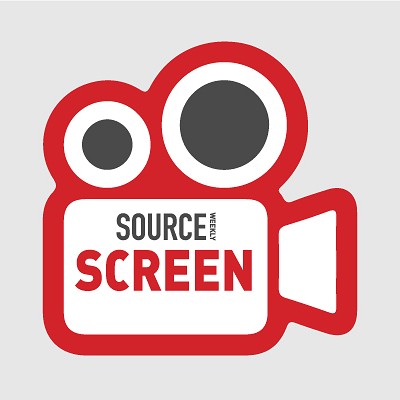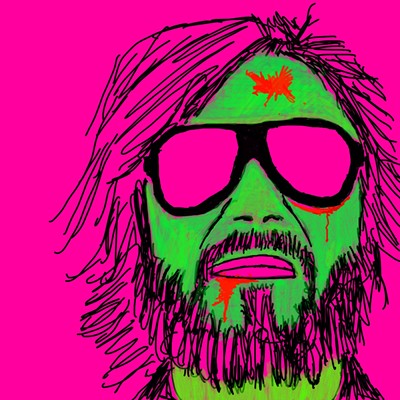After the video game crash of the early 1980s, Nintendo was able to dominate the video game market with its original Nintendo Entertainment System until the Sega Genesis was released in 1989. The Genesis was part of a wave of the first 16-bit game systems released that also included the TurboGrafix 16, Neo Geo, and the Super Nintendo.
The Genesis initially competed with Nintendo's 8-bit system and had trouble selling in both the U.S. and Japan. Sega of America made a smart move by dropping the price of the system and including with the system its own Mario-type mascot in the form of Sonic the Hedgehog. Sega also went head to head in print and TV ads with Nintendo, showing off the quality of the Genesis next to the NES, and the Genesis finally took off.
The biggest test, however, was to compete with Nintendo's 16-bit giant, the Super Nintendo Entertainment System (SNES) which was released in 1992. Sega had a big advantage due to a two-year head start with its Genesis and a slew of games including big entertainment names like Michael Jackson and sports giants like Joe Montana, Arnold Palmer and Mario Lemieux. Having been labeled the "cooler" game system through marketing, the Sega Genesis had almost 50 percent of the gaming market in 1992 and owned the video game market through 1993. From that point, Sega started losing market share to Nintendo, which was releasing some fantastic games. To compete with the Super Nintendo, Sega introduced the Sega CD late in 1993.
Despite the hype and the fact that it was the first CD drive for a mass-market game system, it ended up selling poorly due to its $200-dollar price tag. The software for the Sega CD was also quite disappointing. While there were a few quality games, most of the titles were ports from the cartridge versions with Redbook CD audio. With only the Sega CD to sell through Christmas of 1993, Nintendo came out on top that year. In the summer of 1994 Sega launched yet another add-on to the Genesis with the 32X. This feature plugged into the top of the Genesis and allowed you to play 32-bit games and regular Genesis games. This was a poor attempt to jump into the next generation of games and also hurt the success of Sega's own true 32-bit machine, the Sega Saturn.
By 1995, Sega had its hands full with supporting five different consoles and two add-ons including the Genesis, Saturn, Game Gear, Pico, 32X, Sega CD, and its old 8 bit Master system. This proved to be too much for Sega and they slowly dropped out of the gaming market. By 1997, Sega licensed the Genesis to a company called Majesco and they re-released the Genesis console in a second and third version. Majesco started re-selling millions of unsold game carts at budget-bin prices.
The Sega Genesis had some really great games including the Sonic the Hedgehog series, EA Sports titles such as the original Madden Football, RPG favorites Phantasy Star and Shining Force. Even today, people hunt down the Genesis system and games on eBay and used game stores. Some Genesis games can be downloaded through formal rival Nintendo's Wii system. After the failure of Sega's last system, the Sega Dreamcast, the company now is a shadow of its former self and only makes games for the current generation platforms. Even though the Genesis is history, it will always be retro cool.
Sega Genesis
Release: 1989. Retail: $199.99 (release) $79.99 (Last retail price). Units Sold: 29 million worldwide. Lifespan: 1989-1997

















